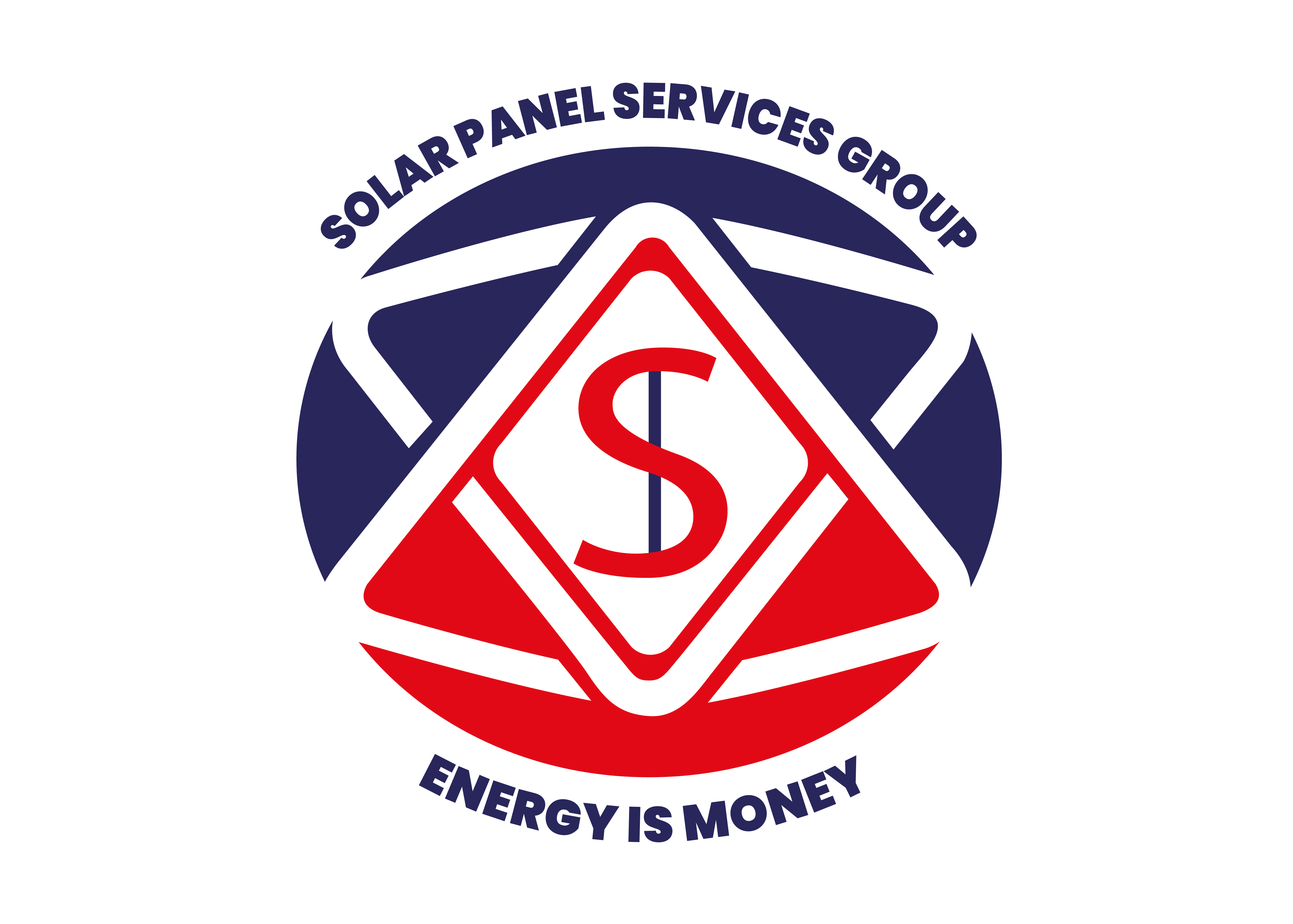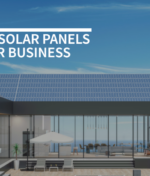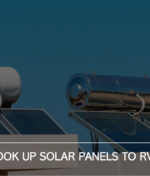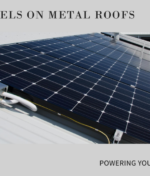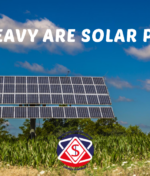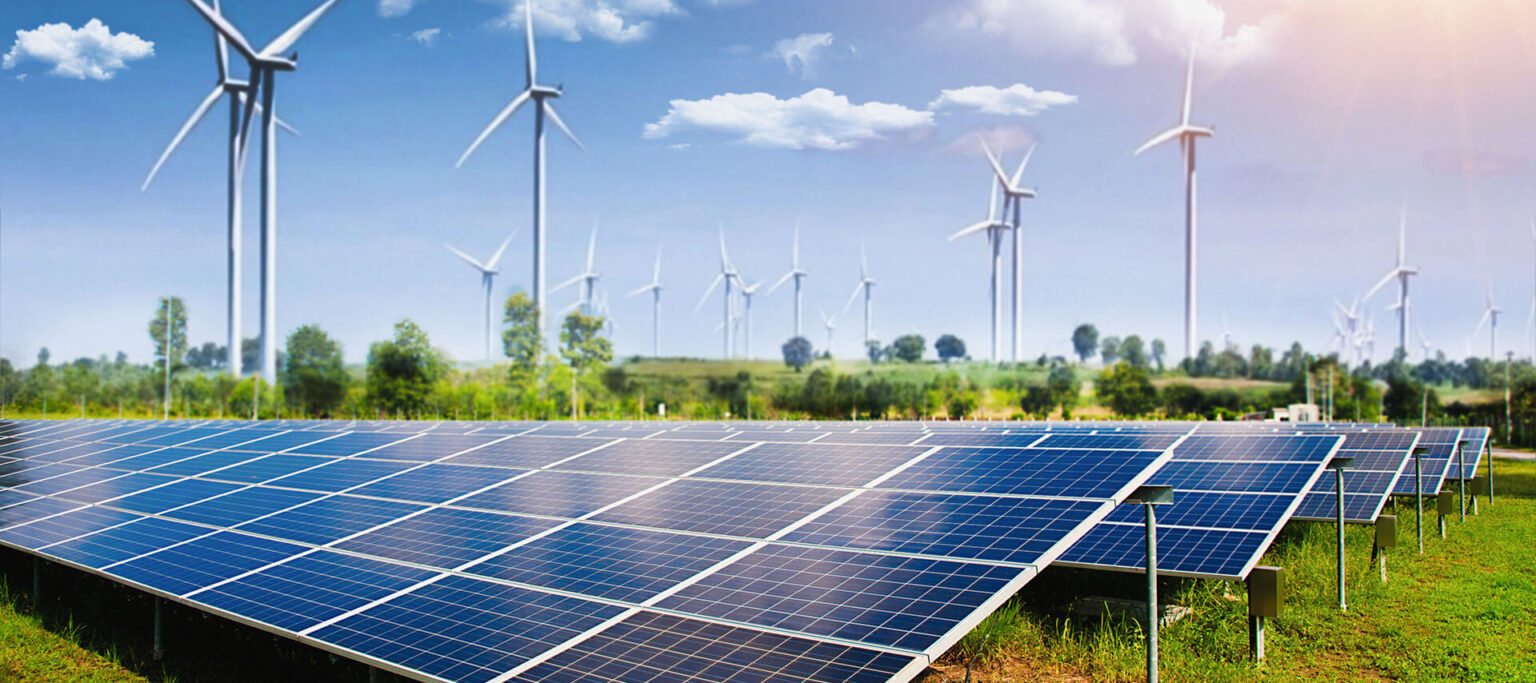
How To Solar Power Plants Work | Solar Panels Service Group
Solar power plants have emerged as a pivotal player in the global shift towards sustainable and renewable energy sources. Harnessing the power of the sun, these plants offer an environmentally friendly solution to meet the world’s growing energy demands. In this article, we will delve into the workings of solar power plants, explaining the technology behind them and their role in shaping a cleaner and greener future.
Understanding Solar Power Plants
Solar power plants, also known as solar farms or solar parks, are large-scale installations designed to generate electricity by harnessing sunlight. This renewable energy source utilizes photovoltaic (PV) technology to convert sunlight directly into electricity. The fundamental unit of a PV system is the solar cell, which is typically made from semiconductor materials such as silicon.
The Photovoltaic Process
At the core of solar power plants is the photovoltaic process, a direct conversion of sunlight into electricity. When sunlight hits the solar cells, it excites electrons within the semiconductor material. This energy prompts the electrons to move, creating a flow of electric current. The solar cells are arranged in panels, and these panels are strategically positioned to maximize sunlight exposure.
Types of Solar Power Plants
There are two primary types of solar power plants: photovoltaic solar plants and concentrated solar power (CSP) plants.
- Photovoltaic Solar Plants
Photovoltaic solar plants, also known as solar PV plants, employ solar panels to directly convert sunlight into electricity. These panels consist of multiple solar cells connected in a series or parallel arrangement. The generated electricity can be used to power homes, businesses, and even entire communities. The advantage of PV plants lies in their versatility, scalability, and ease of installation.
- Concentrated Solar Power (CSP) Plants
Concentrated Solar Power (CSP) plants use mirrors or lenses to concentrate sunlight onto a small area. This concentrated sunlight produces heat, which is then used to generate steam and drive turbines connected to generators. CSP plants are especially efficient for large-scale power generation and can store excess heat for electricity production during cloudy periods or at night.
The Functioning of Solar Power Plants
Solar power plants operate on a simple principle: capturing sunlight and converting it into usable electricity. Here’s a step-by-step breakdown of their functioning:
Sunlight Absorption: Solar panels or mirrors capture sunlight and focus it onto the PV cells or heat-absorbing materials.
Electricity Generation: In PV solar plants, the absorbed sunlight generates an electric current within the cells. In CSP plants, the heat generated by concentrated sunlight produces steam that drives turbines.
Power Conversion: The generated electricity or steam is converted into usable power through transformers and generators.
Distribution: The produced electricity is transmitted through power lines to homes, businesses, and the grid.
Advantages of Solar Power Plants
Solar power plants offer numerous advantages that make them an attractive alternative to traditional fossil fuel-based energy sources:
Renewable Energy Source: Solar power is an infinite resource, ensuring a sustainable energy supply for generations to come.
Environmentally Friendly: Solar power plants produce minimal greenhouse gas emissions, reducing the carbon footprint and combating climate change.
Low Operating Costs: Once installed, solar power plants have low maintenance and operational costs, leading to long-term financial benefits.
Energy Independence: Solar power reduces dependence on imported fossil fuels, enhancing energy security for countries.
Job Creation: The solar energy sector provides employment opportunities in manufacturing, installation, maintenance, and research.
Impact on the Energy Landscape
As the world shifts towards a more sustainable energy future, solar power plants play a pivotal role in transforming the energy landscape. They contribute to reducing air pollution, mitigating climate change, and diversifying the energy mix. Governments, industries, and individuals are increasingly recognizing the potential of solar energy to drive economic growth while protecting the environment.
Final Thoughts
Solar power plants represent a beacon of hope in the pursuit of cleaner and more sustainable energy solutions. By harnessing the boundless power of the sun, these plants are illuminating a path towards a greener future. As technology advances and investments increase, solar power plants are set to revolutionize the way we generate and consume energy, creating a brighter and more sustainable world for generations to come.
FAQs
Q1. Are solar power plants completely reliant on sunlight?
- Solar power plants primarily rely on sunlight for electricity generation. However, some advanced plants incorporate energy storage systems to ensure a continuous power supply.
Q2. What happens on cloudy days or during the night?
- During cloudy days or at night, solar power plants may draw electricity from the grid or use stored energy to maintain a stable power supply.
Q3. Do solar power plants require a lot of maintenance?
- Solar power plants require minimal maintenance, including occasional cleaning of panels and ensuring proper functioning of components.
Q4. Can I install solar panels on my residential rooftop?
- Yes, many homeowners install solar panels on their rooftops to generate their own electricity and contribute to a greener environment.
Q5. Are solar power plants economically viable?
- With decreasing installation costs and increasing efficiency, solar power plants are becoming more economically viable, offering long-term cost savings.
